Pi mobile dev terminal summer edition 
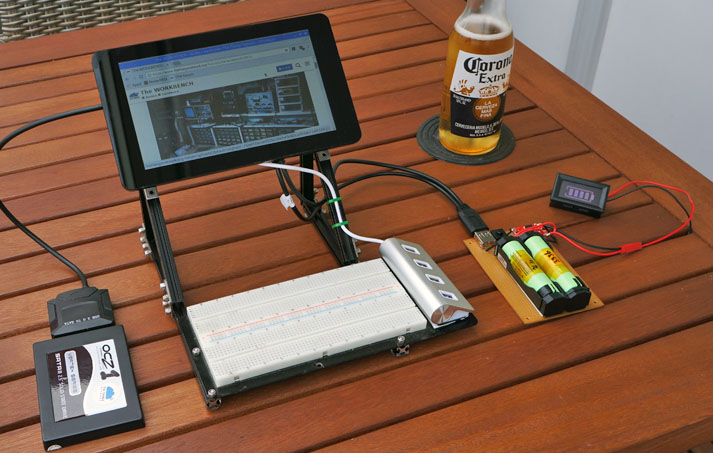
Hi @BoRRoZ and everyone…
Nice topic started.
I tried out the ‘speechrecognition’ package in python. Works like a charm. But in your case is voice recognition different from speech recognition ? I think so !! ??
you’re right, I’m not after recognizing specifically my own voice or accent … just building a diy personal assistant and looking into ‘voice controlled applications’ with open source packages / SDK’s 
I’m waiting for this MIC amp module and this DAC module trying get better audio out and in.
best would be a mic array with a dedicated dsp like this one but digital mic’s are still expensive.
another idea is to let a mic/camera follow you in a room
a really cool example of this technology in a diy project :
The outdoor gateway with solar will be the same as the mobile with 3/4G, sans the GPS.
So the grouping for gateway interface boards is more like this:
Outdoor or not is then determined by enclosure/antenna choice really.
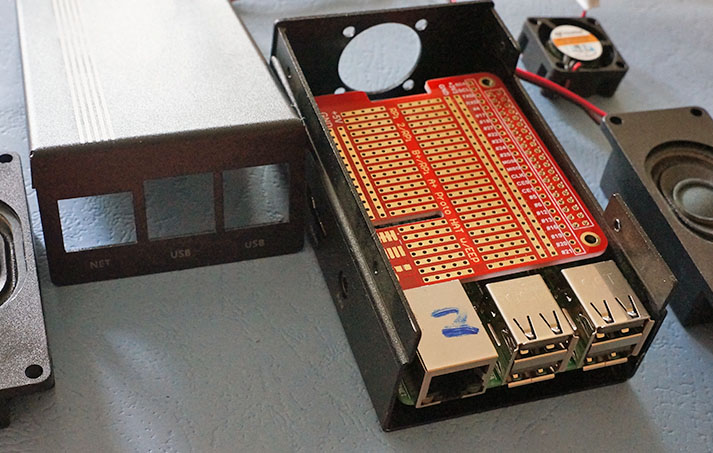
lucky @ an ebay auction : eleduino alu case for RPI3 
I’m struggling here lol, does DIO1 need connecting?
I’m just starting … first comparing the received board with probably the original, adafruit feather 32U4 LoRa
and thinking how to fit it in an enclosure
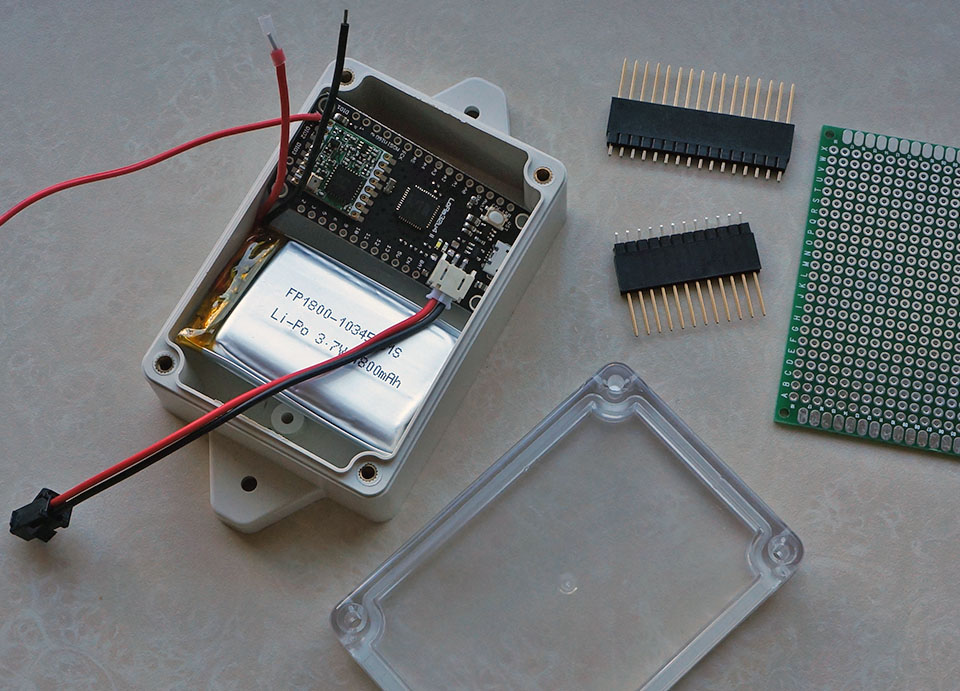
check this https://www.thethingsnetwork.org/labs/story/using-adafruit-feather-32u4-rfm95-as-an-ttn-node
Thanks, yup got it working - sinking in conflicting lora libraries - plus the DIO1 needed connecting up - nice board, need to do some sleep testing later too
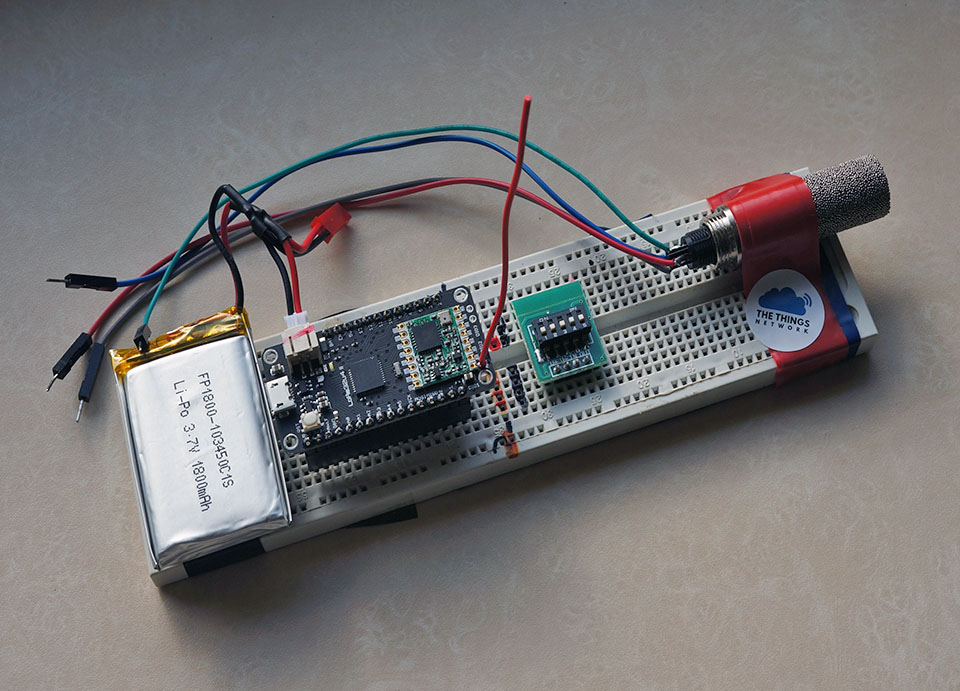
the idea is to make an outdoor temp sensor, every 10 minutes (adjustable) waking up, measure temp, transmit and back to sleep.
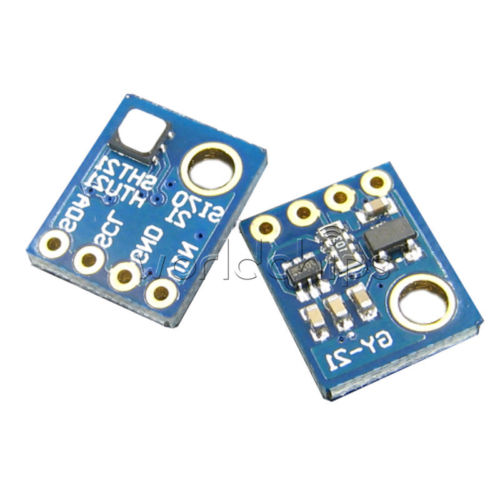
decided to use this 3v3 i2c temp / humidity sensor - Si7021
special features :

and
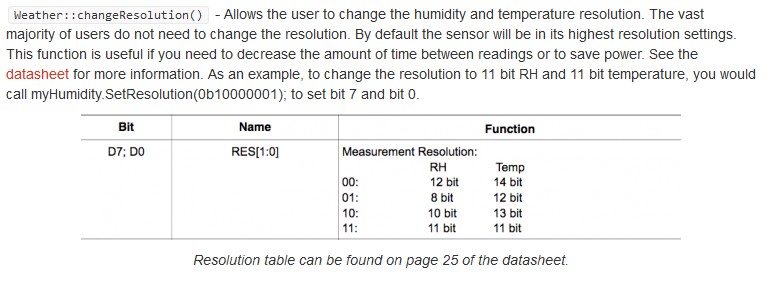
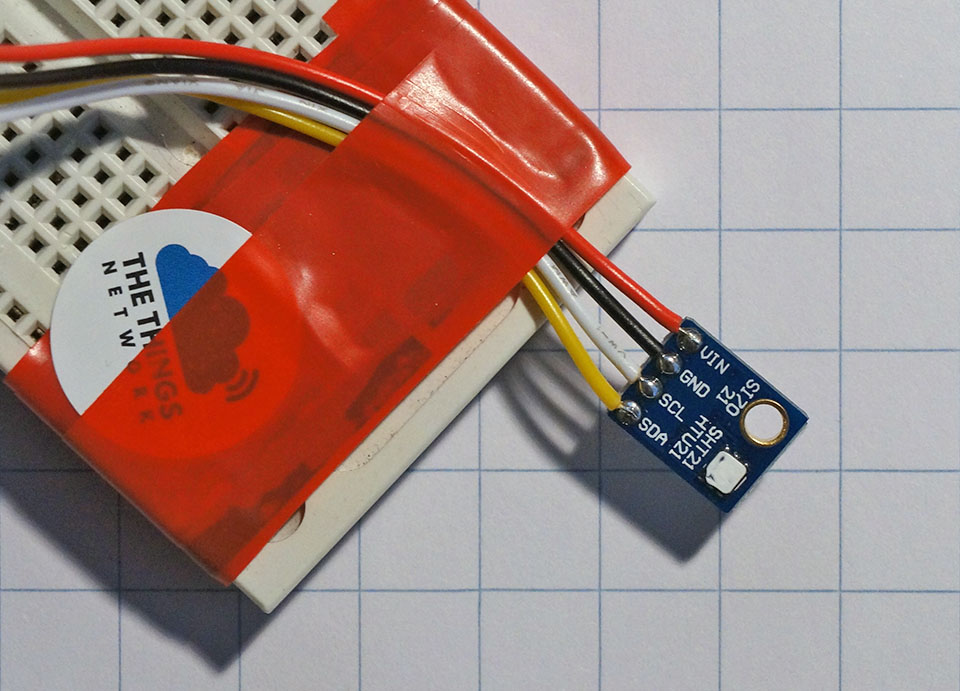
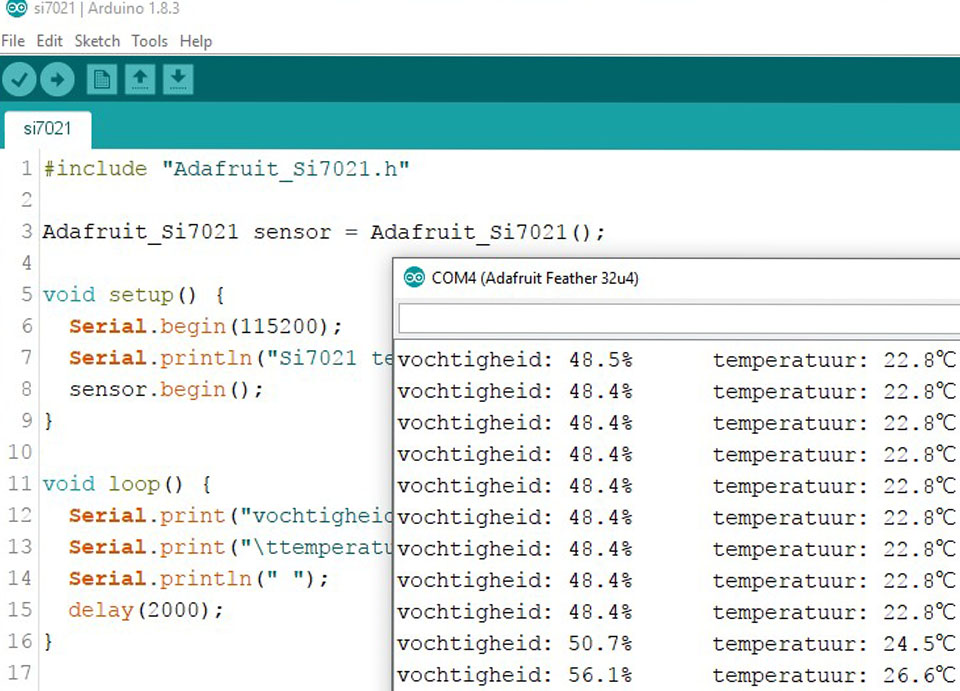
sensor works ( here with adafruit lib) but I’m afraid I don’t have enough memory to fit lmic and lowpower lib later on
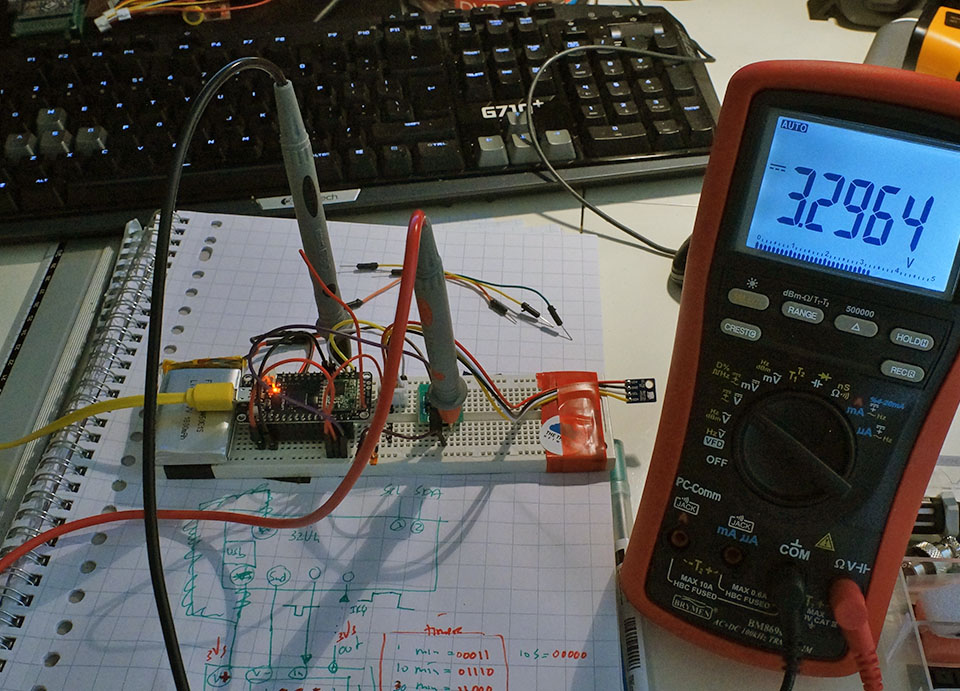
external timer so you don’t have to wake up every 8 sec.
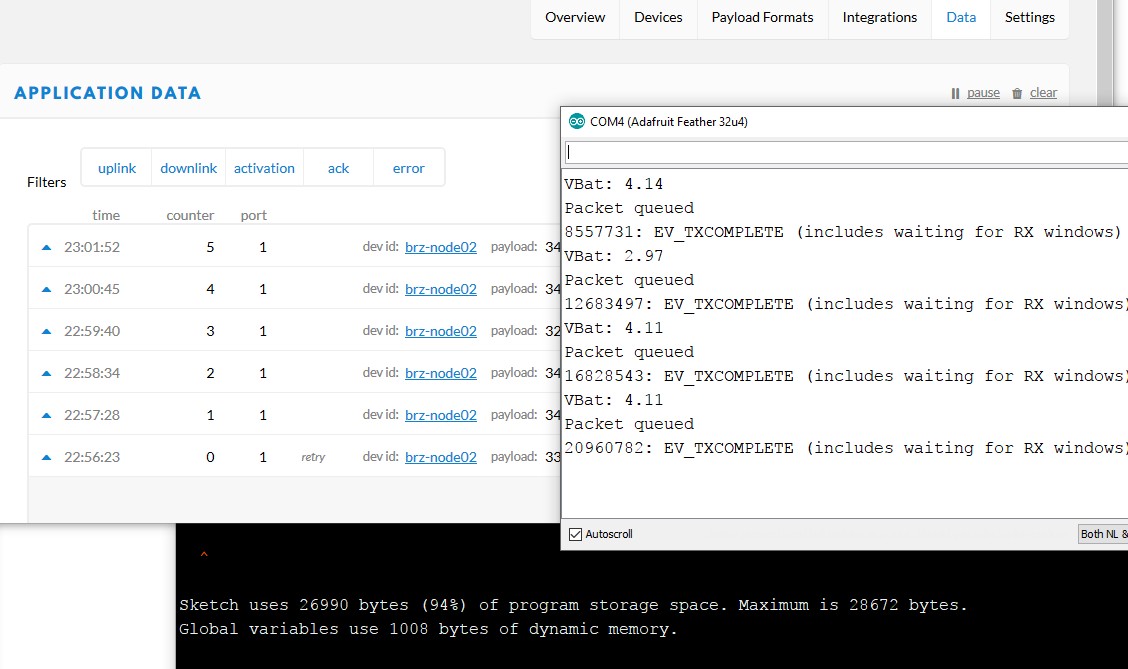
why the battery voltage drop to 2.97v? which code are you using
it was my first ABP test for this 32U4/RFM95 china adafruit feather clone, just to see if I didn’t make ‘key’ mistakes
code example is here and here
not much free memory left so what we need is an 'stripped lmic version to gain some memory.
the goal is to send temp and humidity data and we need deepsleep.
regarding the battery voltage (drop) , I didn’t even check that code part/pin … was supprised it measured anything ![]()
one thing I noticed immediate, on first boot with a piece of wire antenna on my desk … the packet was seen by 3 gateways, even the one 13 km away … I expected to see only my GW in the console.
that makes me wonder… is the output of the RFM95 that much better than the RN2483 TTN uno clone I build ?
have to check and learn a lot more.
when the node is only usb connected you’ll get that meassurement 'drop
with battery connected it works ok
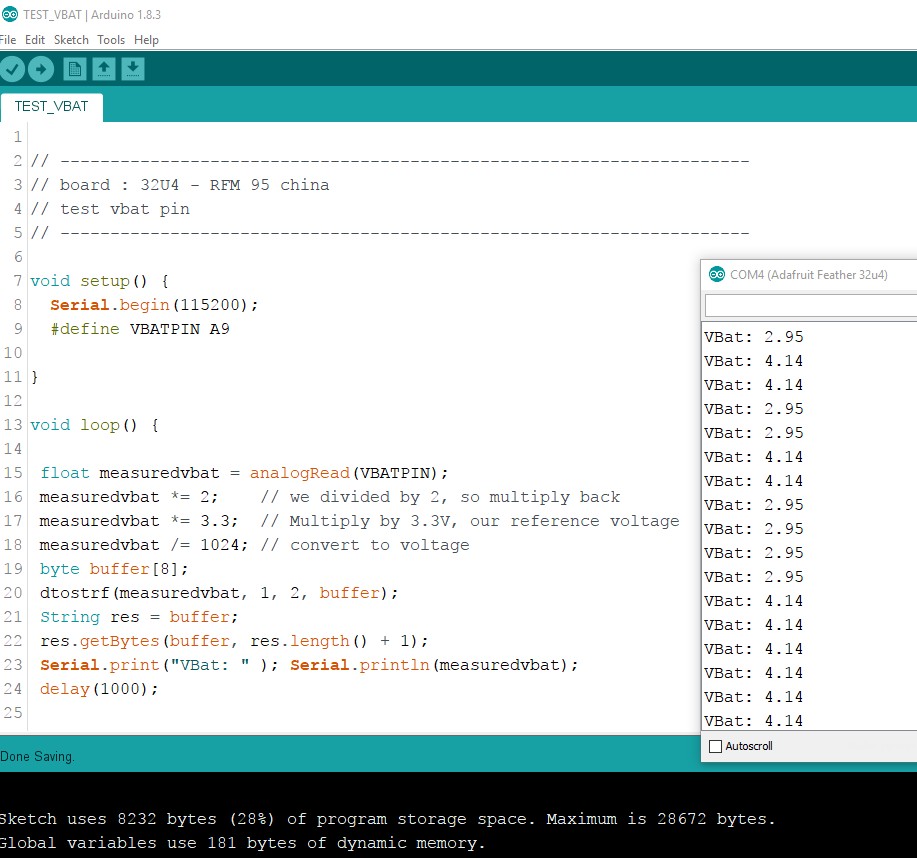
@BoRRoZ I think that the RFM outputs at 20 dBm by default, while the RN2483 is 14 dBm max to be EU compliant.
Regarding the Si7021, do you have any reference value to compare it ? Does it need any calibration ?
according the datasheet the humidity sensor has a max 3% error @ 0-80% humidity
to check yourself you can use the saturated salt technique:
on some forums they talk about 6% error (to high) on humidity, all in all not to bad for what you pay.
haven’t checked it myself yet.
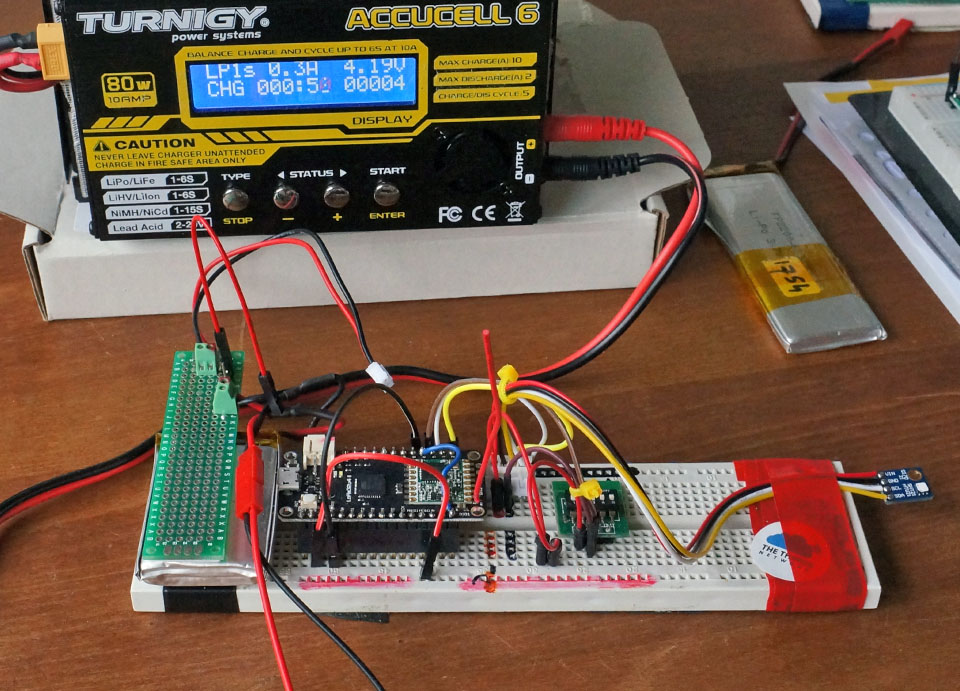
today I need a full node tank 